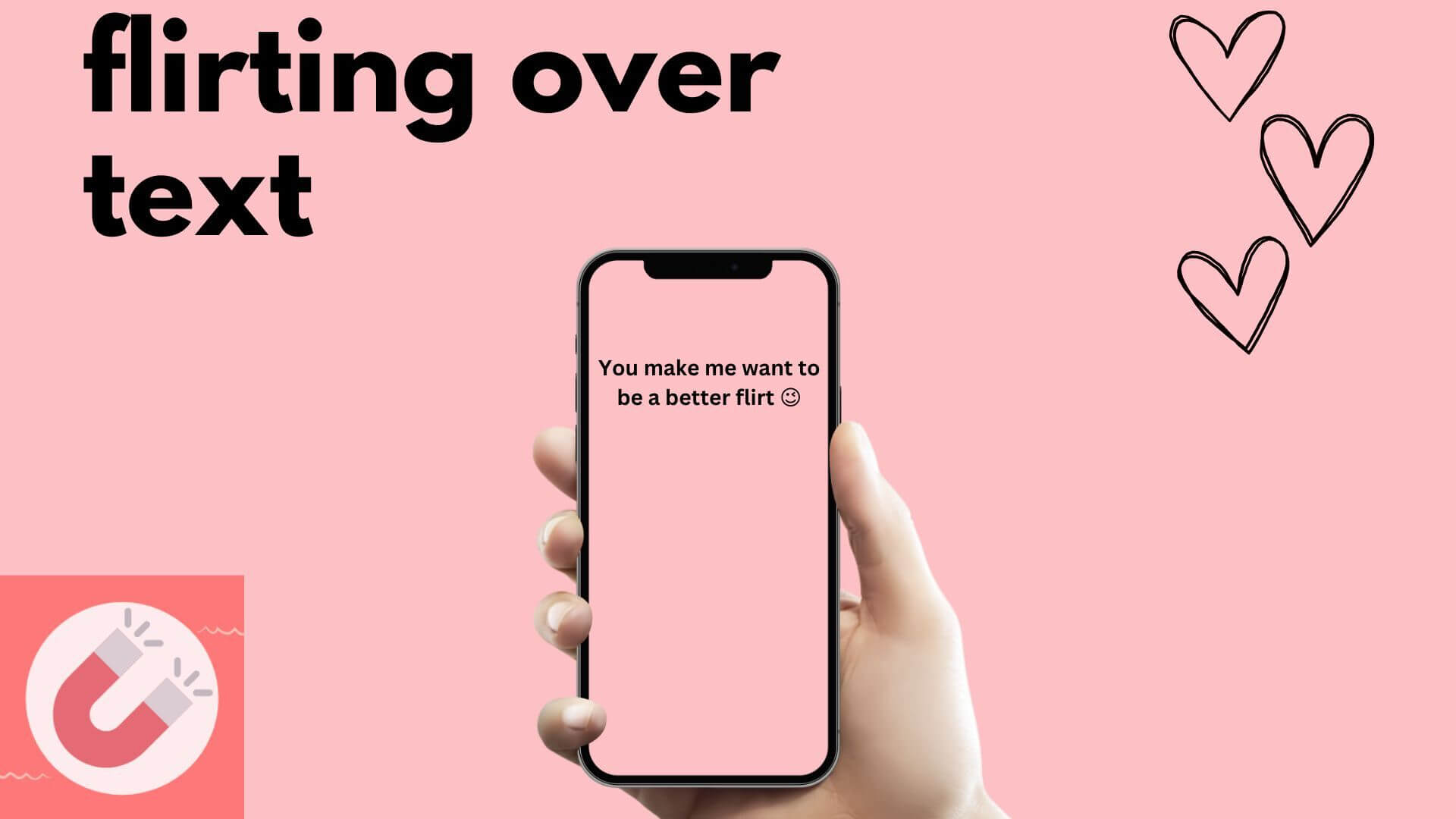Physical flirting involves using touch or body language to express attraction and create a sense of intimacy. Examples include playful touches, hugs, or leaning in closer during conversations. This form of flirting can be very effective when used appropriately and with respect for boundaries.
Types of Physical Flirting
1. Flirty Touching
Touching is a powerful way to communicate your attraction to someone and can help build a sense of intimacy between you. Flirty touching can range from a subtle light touch on the arm to a more intimate embrace.
Be mindful of the other person’s boundaries and ensure you have their enthusiastic consent before making any physical contact.
2. Body Language
Your body language can be a powerful tool for flirting. Making eye contact, smiling, and laughing are all examples of body language that can signal your attraction to someone. By using positive body language, you can create a warm and inviting atmosphere that makes it easier for the other person to engage with you.
Remember to balance being flirtatious and fun and never be overly aggressive, as this can be off-putting to some people.
3. Physical Cues
Physical cues are subtle signals that you can use to flirt with someone. This could include things like playing with your hair, twirling your ring, or crossing your legs. These cues can help to create a sense of intrigue and can be a powerful way to draw someone’s attention to you.
Remember that subtle physical cues should be used in moderation and that they should never be misleading or manipulative.
Respecting Physical Boundaries
Physical flirting can be a powerful way to express your attraction to someone, but it’s essential to be mindful of their boundaries. Always ensure you have enthusiastic consent before making any physical contact, and remember that it’s better to be cautious if you’re uncertain of how they feel.
Remember that physical boundaries can vary from person to person. Communication and awareness are key. If they seem hesitant or uncomfortable, respect their boundaries and stop.
If you’re contemplating engaging in physical flirting, take the time to assess the other person’s nonverbal cues. Their body language, eye contact, and facial expressions can indicate whether they’re open to it. It’s never a good idea to assume someone is okay with physical contact just because you’re interested in them. Consent is paramount when it comes to physical flirting and any breach of that trust should be treated as a relationship deal breaker.
When Is Touching Flirting?
Touching can be a form of flirting when it is intentional, consensual, and done in a playful or affectionate manner. This could include light touches on the arm, shoulder, or back during a conversation, playful nudges, or a gentle touch on the hand.
It’s important to note that not everyone is comfortable with touch, even if it’s intended to be friendly or flirtatious. Always ensure that the other person is comfortable and that your actions are welcome. If you’re unsure, it’s always better to ask or refrain from touching.
1. When It’s Intentional
Touching becomes flirting when it’s done with the intention of showing interest or attraction. This could be a light touch on the arm during a conversation or a playful nudge, or it can be more deliberate, like them putting a hand on your thigh. The key here is that the touch is not accidental but a deliberate act to establish a connection.
2. When It’s Consensual
Consent is crucial in any form of physical contact, including flirting. Always ensure that the other person is comfortable with your touch and that it’s welcome. If you’re unsure, it’s always better to ask or refrain from touching.
3. When It’s Playful or Affectionate
Touching becomes flirting when it’s done in a playful or affectionate manner. This could include a light touch on the arm during a joke, a playful nudge during a game, or a gentle touch on the hand while sharing a moment. The key here is that the touch is not aggressive or intrusive, but gentle and affectionate.
4. When It’s Reciprocated
Touching can also be considered flirting when it’s reciprocated. If the other person responds positively to your touch, such as by smiling, touching you back, or moving closer to you, it’s likely that they’re comfortable with the contact and may also be interested in you.
5. When It’s Appropriate
Touching becomes flirting when it’s appropriate. This means considering the context, the relationship between the two people, and the comfort level of both parties. For example, a light touch on the arm might be appropriate during a casual conversation, but not during a formal business meeting. Always consider the situation and the other person’s comfort before engaging in physical touch.
When Is Touching Not Flirting?
Touching is not flirting when it’s done in a non-sexual, non-intimate context or when it’s not intended to express romantic or sexual interest. Remember, the key to understanding whether touching is flirting or not lies in the intention behind the touch, the nature of the touch, and the response it elicits.
Here are some examples for when touching isn’t flirting:
1. When It’s Accidental
Accidental touches, such as bumping into someone in a crowded place or brushing hands while passing an object, are not considered flirting. These are usually unintentional and happen due to proximity or circumstance.
2. When It’s Non-Sexual
Touches that are non-sexual in nature, such as a pat on the back for a job well done, a handshake, or a high-five, are typically not considered flirting. These are usually expressions of camaraderie, respect, or friendship.
3. When It’s Professional
In professional settings, certain types of physical contact may be necessary or appropriate, such as a handshake during a meeting, a pat on the back for encouragement, or assisting someone with their coat. These are not considered flirting but instead are seen as professional courtesy.
4. When It’s Consoling
Touching someone to offer comfort or consolation, such as a hug when someone is upset, is not typically considered flirting. This type of touch is intended to provide emotional support, not to express romantic or sexual interest.
5. When It’s Not Reciprocated
If the other person does not respond positively to the touch, such as by pulling away, showing discomfort, or explicitly asking you to stop, the touch is not considered flirting. In fact, persisting with unwanted physical contact can be seen as harassment.





